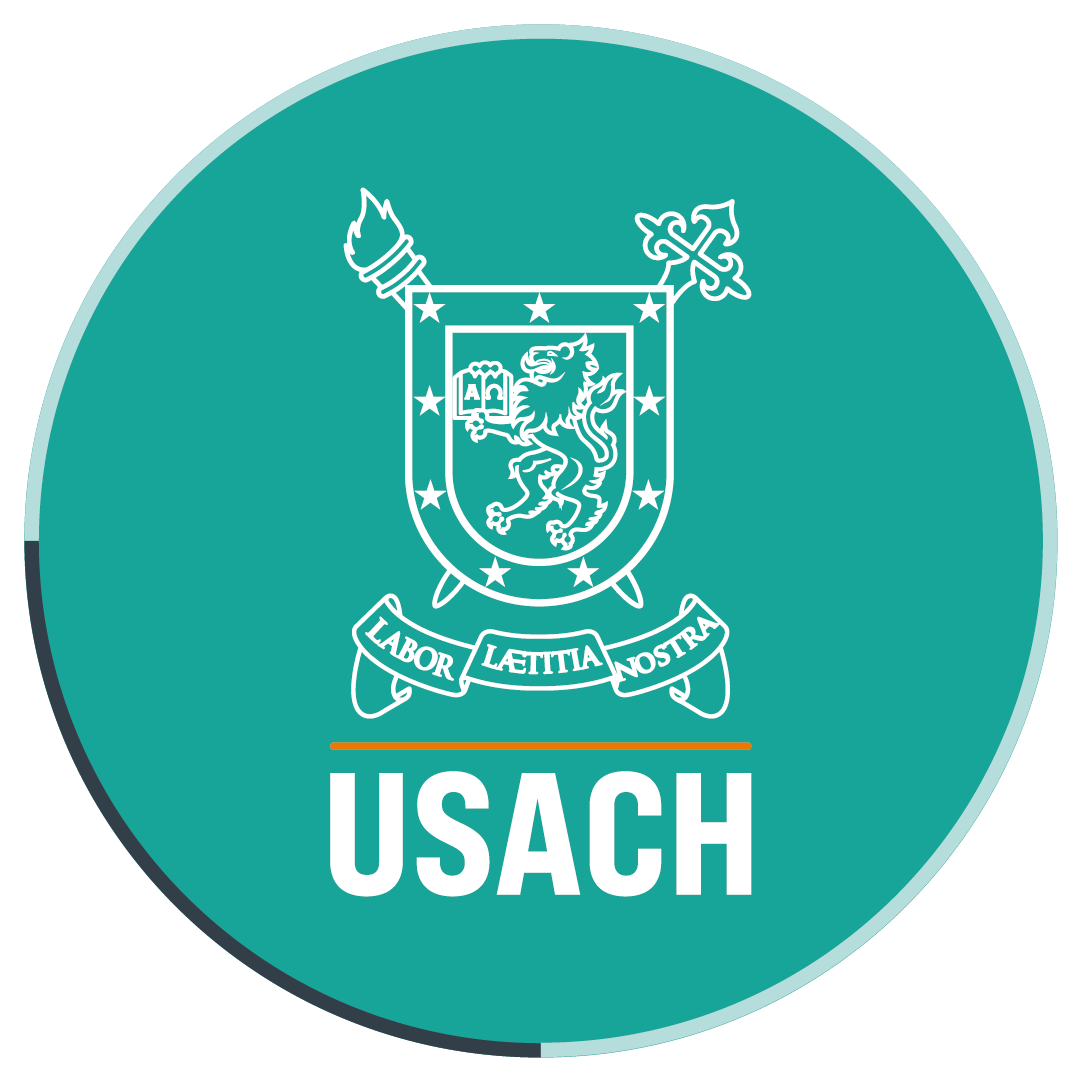Researchers study genes of Chilean native yeasts to optimize wine fermentation
- The Regular Fondecyt Project “Mapping underlying genetic variants in nitrogen assimilation in different natural yeasts” led by Dr Claudio Martínez, researcher at the Food Science and Technology Research Center of Universidad de Santiago, proposes a new wine fermentation method that will not depend on nitrogen levels in the must. The study will last until 2019 and it involves the participation of researchers at the Department of Food Science and Technology of Universidad de Santiago and foreign experts from the CNRS in Nice (France) and the Instituto de Agroquímica y Tecnología de Alimentos in Valencia (Spain).
Yeasts are essential for wine fermentation as they turn grape sugar into alcohol. However, current industrial yeasts do not guarantee the completion of the fermentation process, resulting in economic losses for the national wine-making industry.
“It is estimated that about 40 per cent of the fermentation processes are interrupted, with a very strong impact on the industry. If you interrupt the process, thousands of litres will not ferment, so you need to spend more money to complete the process by adding more yeast or nutrients. This affects the wine properties and the quality expected,” Dr Claudio Martínez, director of the Food Science and Technology Research Center of Universidad de Santiago (Cecta, in Spanish), said.
To solve this problem, Dr Martínez and researchers at Universidad de Santiago are currently conducting the Regular Fondecyt Project “Mapping underlying genetic variants in nitrogen assimilation in different natural yeasts,” that will last until 2019.
“For yeasts to develop and work well, the abundant presence of some nutrients, like nitrogen, is required. As some musts have low levels of nitrogen, yeasts there do not grow well and the resulting product is not good. We will study the genes of Chilean native yeasts and foreign yeasts, searching for the ones that allow the yeast to assimilate nitrogen without considering its levels, and ferment the must efficiently,” he explained.
The yeasts described have been collected by the researchers at Cecta during the past decade, what allowed obtaining the most complete yeast strain collection of the country. With this register and through a previous Fondef Project, the Cecta developed a yeast strain, Fermicru XL, which has already been patented and commercialized worldwide.
“This new study has the purpose of identifying the genes with the features previously described to genetically improve industrial yeasts, something that has not been done before in Chile. First, we will search for the genes with the features we want in native yeasts and then, we will enhance an industrial strain, without using transgenic techniques,” he said.
The project will have the collaboration of Dr Amparo Querol of the Instituto de Agroquímica y Tecnología de Alimentos (IATA), in Valencia, Spain and Dr Gianni Liti, of the National Center for Scientific Research, (CNRS, in French), in Nice, France. Both centers will work on the genetic enhancement of yeast and the development of procedures for genetic investigation. Besides, they will allow access to their own collections of yeast native strains.
“They have yeast strains that they have collected from all over the world, representing more than 70 per cent of the world’s genetic varieties of yeasts. This is a very important genetic source that we will have available when conducting our study,” he added.
Dr Angélica Ganga, professor at the Department of Food Science and Technology; Dr Francisco Cubillos, researcher at Cecta; Dr Álvaro Díaz, of Universidad Católica de Valparaíso; and Dr Cristián Araneda, of Universidad de Chile, will also be part of the research team.
“It is important to study native yeasts. We assume that they have adapted to some environmental factors, so their properties can be potential solutions for the industry. This opportunity to study them allows us to progress in solving some issues, to develop genetic enhancement, and if everything goes as expected, to patent future yeasts based on native strains of our country,” Dr Martínez concluded.
Translated by Marcela Contreras

